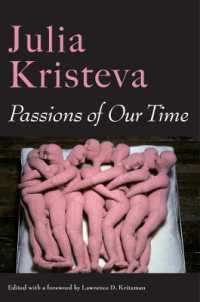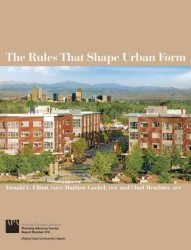- ホーム
- > 洋書
- > ドイツ書
- > Mathematics, Sciences & Technology
- > Technology
- > electronics, electrical engineering, telecommunications
Full Description
This book provides a detailed survey of the methods that were recently developed to handle advanced versions of the blind source separation problem, which involve several types of nonlinear mixtures.








